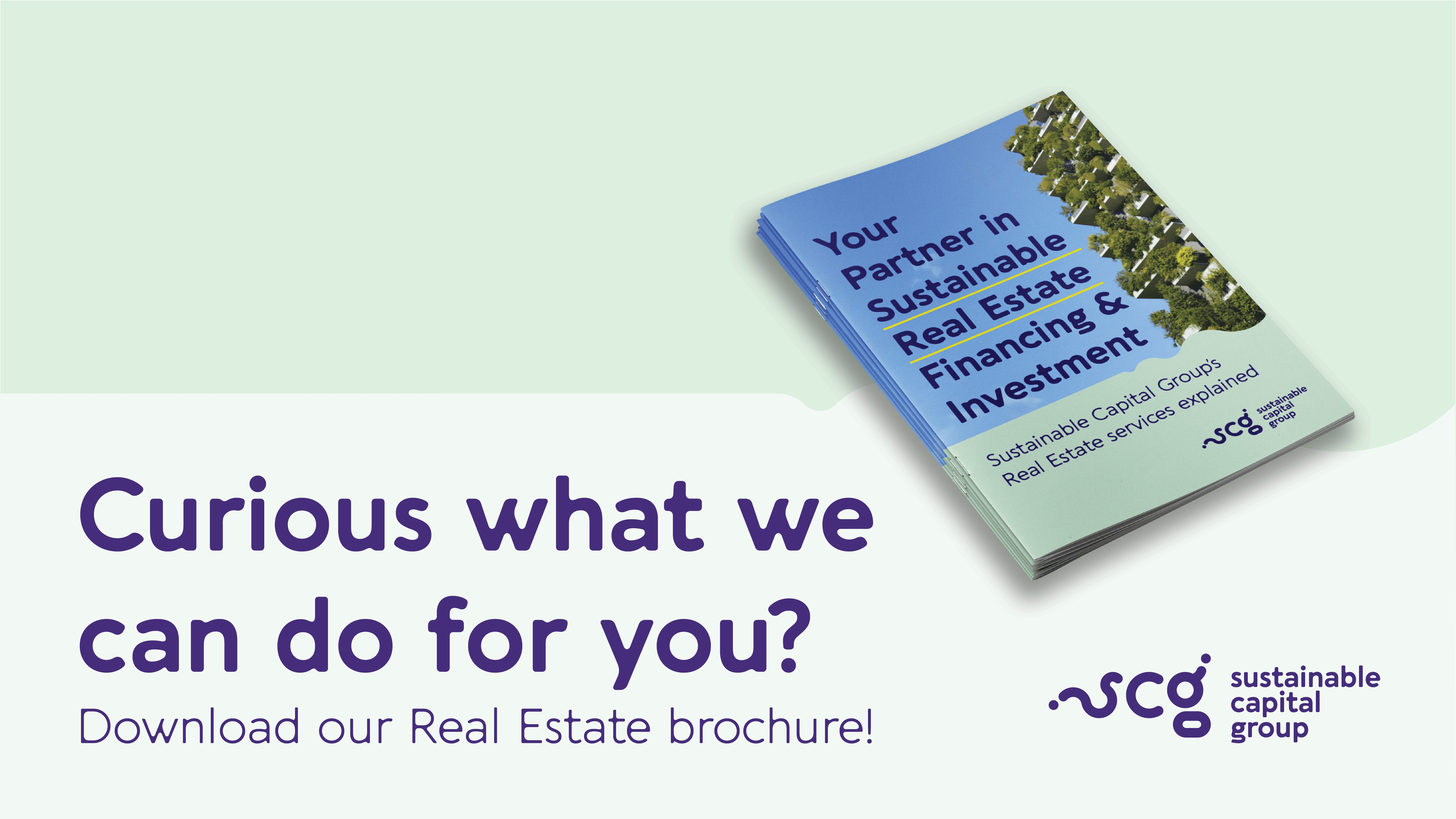The Future of Project Financing in Real Estate: Embracing Sustainability for Competitive Advantage
The financial landscape for project financing is undergoing a significant transformation in the real estate industry. As sustainability becomes a central theme, financiers and investors are increasingly prioritising projects that demonstrate strong environmental, social, and governance (ESG) performance. This shift is not only reshaping how projects are funded but also imposing new requirements and expectations on project developers. In this comprehensive blog, we explore the key aspects of sustainable finance, development, and investment through a series of critical questions and expert insights.
Financing Availability and Costs: Future Requirements and Trends
Shifting Tides in Project Financing: The Rise of Sustainability
The financing environment for projects is in the midst of a profound change. Increasingly stringent environmental and social impact assessments are making it more difficult to secure funding for “brown” or “stranded” assets. Financiers are particularly cautious about these projects due to several risks:
- Falling Asset Values: Non-sustainable (“brown”) assets may depreciate rapidly as regulations and consumer preferences shift towards sustainable alternatives, known as the “brown discount.” Conversely, sustainable (“green”) assets might enjoy a “greenium,” a premium reflecting their alignment with ambitious sustainability goals.
- Sale Difficulties: Market changes may make it challenging to find buyers for environmentally unfriendly projects.
- Refinancing Challenges: Securing future financing for brown assets could become problematic.
These factors are driving financiers to demand clear evidence of a project’s compliance with sustainability frameworks and regulations. This shift is driven by two main factors:
- Investor Preferences: Government regulations promoting sustainable practices, coupled with growing investor interest in ESG factors, lead financiers to favour sustainable projects.
- Risk Mitigation: Sustainable projects are often seen as less risky due to their positive environmental and social impacts, making them more resilient against new environmental regulations. This can translate into lower interest rates and better financing terms.
While financing for brown projects might still be available, it will likely come from a smaller pool of lenders at higher costs, reflecting the increased risk.

Green Criteria: Defining Standards and Requirements
Defining “Green” Financing: A Framework Emerges
A universally agreed-upon definition of “green” financing remains elusive, but several key frameworks are gaining traction:
- Loan Market Association’s Green Loan Principles (GLP)
- Sustainability Accounting Standards Board’s (SASB) Industry-Specific Standards
- Global Reporting Initiative’s (GRI) Guidelines for Sustainability Reporting
Certifications for Green Projects
The type of certification sought for green projects varies by factors such as location and project type. Common certifications include BREEAM and LEED. The Energy Performance Certificate (EPC) is also relevant, though it varies by country. For mandatory classification in the EU, some projects might utilise the EU Taxonomy.
Key Performance Indicators (KPIs) for Green Projects
KPIs for green projects differ based on the specific project but generally include:
- Reduced Carbon Emissions: A core metric for environmental impact.
- Increased Renewable Energy Usage: Demonstrates a shift towards clean energy sources.
- Improved Resource Efficiency: Minimises water usage, waste generation, and enhances recyclability.
- Biodiversity Conservation: Measures the project’s impact on ecosystems.
- Tenant Satisfaction: Assessed through increased renewal rates, quick maintenance request responses, and qualitative tenant surveys.
Beyond Environmental and Social: The Importance of Governance
Strong governance is crucial alongside environmental and social KPIs. Embedding robust governance structures into business practices is essential, achieved through internal sustainability policies and transparent reporting to stakeholders.
ESG and Loan Terms: A Symbiotic Relationship
ESG Factors and Loan Terms
Environmental, Social, and Governance (ESG) factors significantly influence loan terms:
- Environmental: Projects with strong environmental performance can benefit from lower interest rates and better loan terms due to their reduced risk profile.
- Social: Positive social impacts can enhance a project’s attractiveness to investors, potentially leading to more favourable loan terms.
- Governance: Good corporate governance practices demonstrate responsible management, positively influencing loan terms.
Sustainable Finance Explained: Sustainability-linked loans
Navigating the Evolving ESG Landscape
Given the dynamic nature of ESG, it is crucial to:
- Align with Current Standards: Ensure projects adhere to the latest industry best practices and relevant frameworks.
- Embrace Future Trends: Stay informed about emerging ESG trends to “future-proof” assets. Incorporate flexibility into project design to adapt to future requirements.
- Transparency and Communication: Clearly communicate the project’s ESG approach, including its potential for future adaptation. Maintain open communication with stakeholders to ensure everyone is informed.
Best Practices in European Countries: Learning from Energy-Efficient Refurbishments
Prioritising Reuse: The Balancing Act of Refurbishment
Refurbishing existing buildings should always be the first consideration to maximise embodied carbon reuse. However, it is essential to acknowledge that this might limit the achievable efficiency and sustainability in some cases. A suitable governmental framework is crucial to address this.
Germany: A Model for Stringent Regulations and Incentives
Germany exemplifies a successful approach with strict energy performance standards for renovations, promoting significant energy savings and ensuring high levels of sustainability. Financial incentives, such as grants, low-interest loans, and tax deductions, play a key role in promoting energy-efficient renovations.
The Case of the Netherlands: Green Loan Discounts
The Netherlands offers “green loan discounts” through the RVO agency for projects meeting specific criteria. These discounts, which can be substantial, are calculated on a per-project basis and consider factors like whether it is a new build or refurbishment, construction materials used, project size, and the final energy label achieved.
By combining stringent regulations and attractive financial incentives, governments can encourage a shift towards sustainable refurbishments, balancing reuse with achieving the best possible environmental performance.
Conclusion
The shift towards sustainable project financing in real estate is gradual but inevitable. As sustainability becomes the norm rather than a bonus, understanding the evolving landscape of project financing is crucial for investors and project developers. By aligning with current standards, embracing future trends, and maintaining transparency, projects can unlock favourable financing options and contribute to a more sustainable future. The lessons from leading European countries demonstrate that a combination of strict regulations and financial incentives can drive significant progress in energy-efficient refurbishments, paving the way for a greener tomorrow.
Any questions?
At Sustainable Capital Group, we understand Sustainable Finance like no other. For tailored guidance, simply fill out our contact form, and we’ll be in touch with you shortly.




